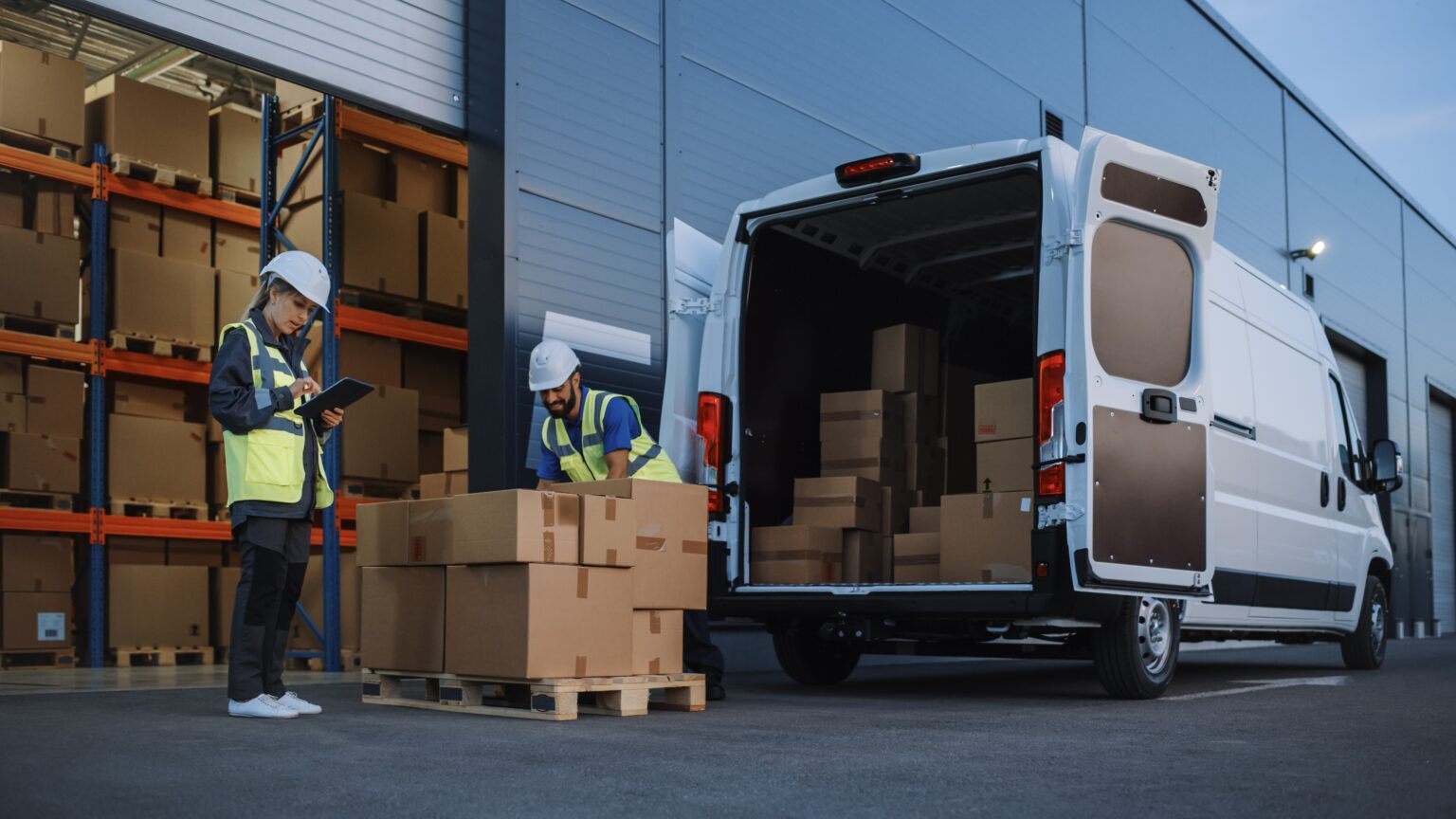The transportation and logistics industry is facing a number of key people challenges that need to be solved if organisations are to remain competitive. While the wider organisation attempts to tackle the rising cost of, well, everything, HR and people teams have their own issues to deal with.
The most common challenges are:
- A shortage of properly qualified candidates when recruiting
- Keeping hold of existing employees
- The rising cost of labour
For organisations in this space to successfully address these problems, it’s important to understand their root causes and come up with innovative solutions. In this article we’ll look at each of these challenges in turn, and how HR leaders might start to fix them.
A shortage of properly qualified candidates when recruiting
The transportation and logistics industry is experiencing a severe shortage of qualified talent. Many potential job seekers are simply not aware of the opportunities available in this space, or don’t feel they have the necessary skills to take up such roles – which means, despite a relatively large pool of potential employees, many of them aren’t even applying for roles in the first place.
The issue has been exacerbated by ‘the great resignation’ triggered by the pandemic – as discussed in our eBook on how to keep employee engagement high in challenging times. Scores of people who lost their jobs or were furloughed have since moved on to other roles in different industries, or have decided to leave the working world for good, leaving a gaping hole in the talent pool.
To fix this issue, HR leaders should review how their recruitment process works – to ensure they’re attracting candidates who are better suited for the role. If you’re confident you’re offering competitive compensation in line with industry standards, what else could be affecting the quantity and quality of candidates applying?
Are your job descriptions accurately reflecting the skills and qualifications necessary for the job? Are you being specific about the required education, certifications, and experience?
There are also ways to help you reach a wider pool of candidates. Use technology – such as social media, job boards, and other digital channels – to promote job openings and connect with potential candidates, or partner with educational institutions such as trade schools, community colleges, and universities, to recruit graduates who have completed transportation and logistics courses.
The rising cost of labour
The transportation and logistics sector is facing increasing labour costs for a wide range of reasons – including high employee turnover and the associated recruitment costs, wage increases, and the rising cost of benefits.
There’s not much we can do about wages and benefits increasing in cost, although we can try to maximise the return on investment (ROI) of these costs by focusing on improving employee productivity and efficiency.
When it comes to employee turnover, however, HR leaders can make a big impact – helping reduce the costs that come with replacing and backfilling roles. Employee retention is a major issue in the transportation and logistics industry, as we’ll look at in the next section.
Keeping hold of existing employees
According to a report by Gallup, the transportation and logistics industry has one of the lowest employee engagement levels – with only 28% of employees reporting feeling engaged at work. Gallup also found that 18% of employees are actively disengaged, meaning they’re unhappy, unproductive, likely to be looking for a job somewhere else, and may even negatively affect their colleagues.
Organisations in the transportation and logistics sector may also have diverse workforces, with employees from different cultures and backgrounds. This can create challenges related to communication, cultural differences, and managing expectations – which can further impact engagement levels.
Employee engagement is clearly linked to recruitment, and should be the number one focus for HR leaders who want to keep hold of current employees. You can read more about how to reach and engage employees in the transportation and logistics industry in our article here, and how to improve employee engagement here.
The bottom line is that regularly listening to your employees, understanding their needs, and acting on their feedback, is the only way to guarantee improvements in engagement – and to retain your top talent.
Why should you focus on employee engagement?
Employee engagement is a deep rational and emotional connection to your organisation and the work you do. It’s the outcome of a great employee experience, and starts during the recruitment process – before you even turn up for your first day.
Engagement is important because it unlocks the potential of each individual, their motivation, and maximises their discretionary effort. If they’re engaged enough to become advocates for your organisation, engagement can live on long after employees leave – which has a tangible impact on commercial outcomes for your business.
WorkBuzz helps you can gather real-time feedback from your people through regular employee listening, via our fast, simple and flexible employee engagement platform. We also offer expert consultancy through our People Science team, so you can action the feedback in a way that drives positive change across your organisation.
Our team comes with a wealth of experience supporting transportation and logistics organisations of all sizes, including Whistl, LKQ, National Highways, ISS, HS2 and more.
If you’re looking for more advice on how to support your transportation and logistics organisation during these challenging times, don’t hesitate to book a demo today. We can help you devise and implement strategies that will ensure the continued success of your business in the years to come.
